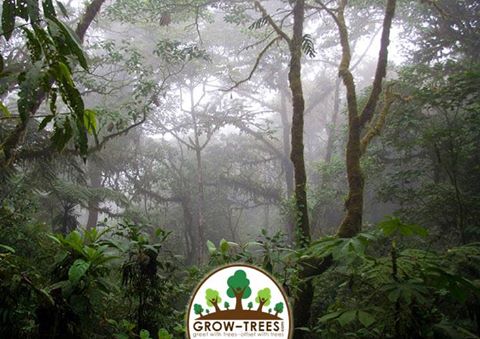
“A Cloud forest is also called a fog forest. The sun has a hard time breaking through this thick veil of clouds and this causes a slower rate of evaporation thus providing the plants with a bounty of life-giving moisture. Much of the moisture available to plants arrives in the form of fog drip, where fog condenses on tree leaves and then drips onto the ground below. This moisture helps to promote a huge amount of biodiversity, particularly within the type of plants known as epiphytes (orchids, ferns, clubmosses, bromeliads and others.).
These plants grow on other plants and trees, collecting their moisture and nutrients from the air, rain and debris surrounding them. Cloud forests also tend to host a large number of endemic species, as their unique climates and specialized ecosystems create habitats that are not found anywhere else on Earth. In Peru, over one-third of the 270 endemic birds, mammals and frogs are found in cloud forests. One of the best-known cloud forest mammals is the mountain gorilla.
They can be found in Central and South America, East and Central Africa, Indonesia, Malaysia, Philippines, Papua-New Guinea and the Caribbean, and in India, the Shola forests in Western Ghats and higher ranges of Namdapha National Park.”